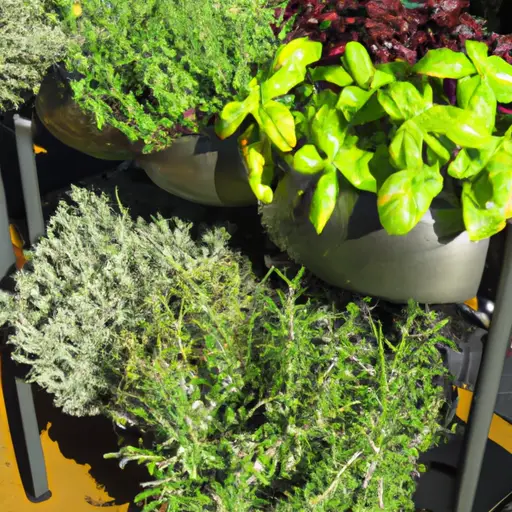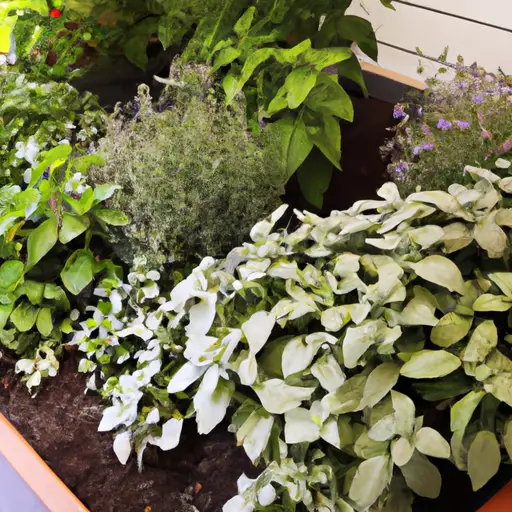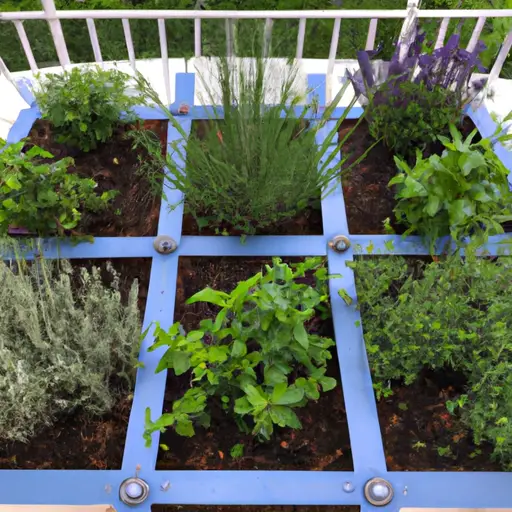Cultivating Culinary Delights: Herb Gardens in Containers
Herbs have been an integral part of culinary arts for centuries. From basil to thyme, these aromatic plants add a burst of flavor to our dishes, transforming ordinary meals into culinary delights. While many people dream of having their own herb garden, the constraint of limited outdoor space often becomes a hurdle.
Fortunately, there is a simple solution – herb gardens in containers. Whether you have a small balcony or a tiny kitchen countertop, you can still cultivate your own mini herb garden and enjoy the fresh flavors they offer. In this article, we will explore the benefits of container herb gardens and provide some tips on how to create and maintain them.
One of the significant advantages of container herb gardens is their versatility. You can place them anywhere – indoors or outdoors – as long as they receive adequate sunlight. This means even if you live in an apartment with no access to outdoor space, you can still grow your favorite herbs right inside your kitchen or living room. Additionally, container gardens are portable, allowing you to move them around as needed to maximize sunlight exposure or protect the plants from harsh weather conditions.
When it comes to selecting containers for your herb garden, there are various options available. Traditional terracotta pots offer a classic look and are suitable for most herbs. However, keep in mind that terracotta can dry out quickly and may require more frequent watering. Alternatively, plastic containers are lightweight and retain moisture better than terracotta but may not be as aesthetically pleasing.

Another important consideration is the size of the containers. While smaller pots may seem cute initially, they tend to dry out faster and restrict root growth. Ideally, choose containers that are at least six inches deep so that the roots have ample space to spread out and develop strong plants.
Now that you have chosen your containers let’s move on to selecting the right herbs for your garden. The best way to start is by considering the herbs you commonly use in your cooking. Some popular choices for container herb gardens include basil, parsley, cilantro, rosemary, thyme, and mint. These herbs are relatively easy to grow and maintain, making them perfect for beginners.
When it comes to planting your herbs, it is essential to provide optimum growing conditions. Most herbs require at least six hours of direct sunlight per day, so choose a location accordingly. If you are growing your herb garden indoors, place it near a south-facing window or invest in grow lights that provide the required amount of light.
Herbs also have specific watering needs. While they require sufficient moisture, overwatering can be detrimental to their growth. To ensure proper drainage and prevent root rot, make sure your containers have drainage holes at the bottom. Water the plants when the soil feels slightly dry to the touch but avoid letting them sit in standing water.
To keep your herbs healthy and thriving, regular fertilization is crucial. Use a balanced organic fertilizer or compost every four to six weeks during the growing season. This will supply essential nutrients and promote vigorous growth.

Pest control is another aspect of maintaining a healthy herb garden. Herbs are generally resistant to common pests; however, occasional infestations may occur. Keep an eye out for signs of insect damage such as holes in leaves or discoloration. If necessary, use organic pest control methods like neem oil or insecticidal soap to combat pests without introducing harmful chemicals into your food.
Harvesting is arguably the most rewarding part of having an herb garden. As soon as your herbs reach a mature height of around six inches, you can start snipping off leaves for immediate use in your recipes. It is best to harvest early in the morning when the leaves are at their most flavorful.
When using fresh herbs in cooking, remember that they have stronger flavors than dried ones; thus, a little goes a long way. However, if you have an abundance of herbs, there are various preservation methods you can use to enjoy them for longer. Drying herbs, freezing them in oil or butter, or making herb-infused vinegars are just a few examples.
In conclusion, cultivating a herb garden in containers is an excellent way to add culinary delights to your everyday meals. With the right selection of containers, herbs, and proper care, even the smallest spaces can transform into thriving gardens. So why not embark on this exciting journey of growing your own herbs and elevate your cooking to new heights? Start your container herb garden today and savor the satisfaction of nurturing and harvesting your very own culinary delights.













